Disclosure: This article contains affiliate links. We may earn a commission from purchases at no extra cost to you, which helps our travel content.
The morning light in Palau has a particular quality—soft yet penetrating, illuminating everything with a clarity that seems to heighten one's awareness. As I stood before the imposing façade of Ngerulmud's Capitol Complex, this light played across its white columns and dome in a way that made me pause to appreciate the peculiarità—the peculiarity—of finding such distinctly Western architectural language in the middle of a Micronesian paradise. Ngerulmud may be one of the world's least visited capital cities, but this makes discovering its unique architectural identity all the more rewarding. As someone who has spent decades translating not just words but cultural contexts, I find Ngerulmud to be a fascinating text—one that speaks volumes about Palau's complex journey from traditional island society to modern nation-state, all while maintaining its distinct cultural voice.
A Capital Born Yesterday: Understanding Ngerulmud's Origins
When most travelers think of Palau, they envision crystal waters teeming with marine life or the mushroom-shaped Rock Islands dotting the turquoise sea. Few realize that this island nation hosts one of the world's newest capital cities—Ngerulmud was officially inaugurated only in 2006, replacing Koror as the seat of government.
What makes Ngerulmud particularly fascinating is its tabula rasa quality. Unlike capitals that evolved organically over centuries, Ngerulmud was conceived and constructed with deliberate intent. The decision to build this new administrative center on Babeldaob, Palau's largest island, represented both practical governance and symbolic nation-building.
"Costruire un capitale è costruire un'identità," my mother would say—to build a capital is to build an identity. Walking through Ngerulmud's carefully planned streets, I'm reminded of other purpose-built capitals like Brasília or Canberra, though on a much more intimate scale. The city's layout reveals a young nation's aspirations and self-conception, balancing international recognition with local context.
What struck me most during my exploration was how the architecture serves as a physical manifestation of Palau's constitutional democracy—inspired by American models yet adapted to Pacific island realities. The Capitol Complex houses the Olbiil Era Kelulau (Palau's bicameral legislature), the judicial branch, and executive offices in structures that echo Washington D.C.'s neoclassical buildings, yet with subtle nods to local materials and climate considerations.
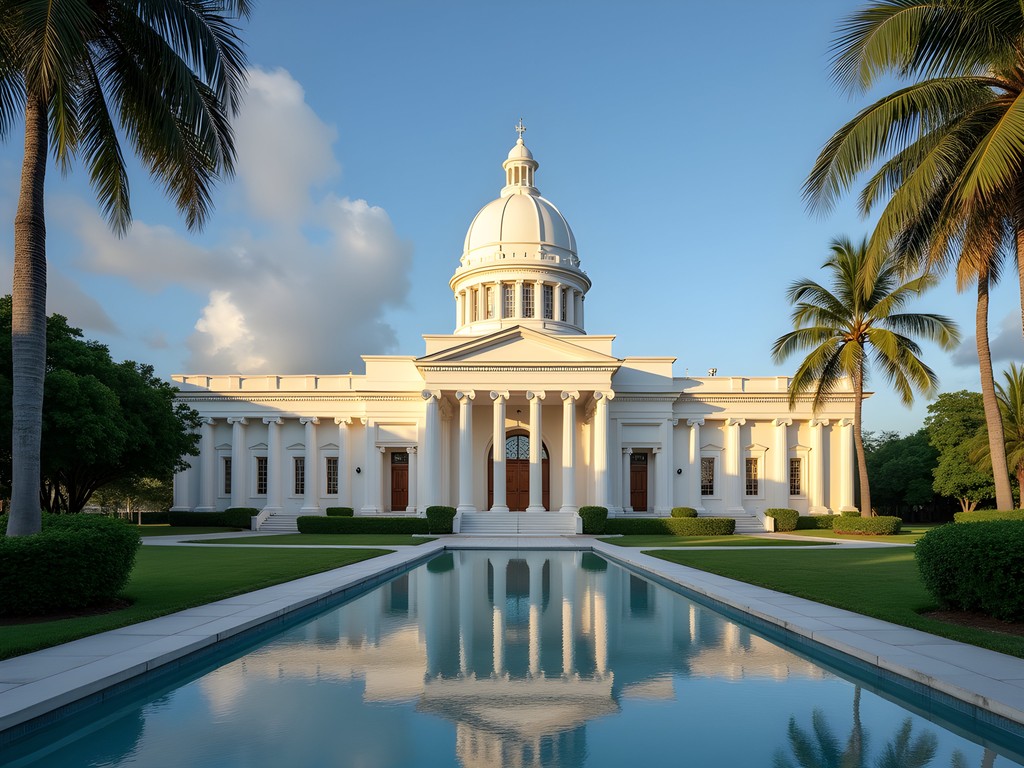
💡 Pro Tips
- Visit early morning (before 9am) to see the Capitol Complex bathed in the best light for photography
- The security guards are usually happy to share historical insights if you express genuine interest
- Bring binoculars to appreciate architectural details from various vantage points around the complex
Neoclassical Dreams in the Pacific
The Capitol Complex stands as Ngerulmud's architectural centerpiece—a surprising homage to Western governmental aesthetics that immediately evokes comparisons to the United States Capitol. This is no coincidence; Palau maintained close ties with the US through a Compact of Free Association after gaining independence in 1994.
Yet dismissing the design as mere imitation would be a mistake. Up close, the building reveals thoughtful adaptations to its tropical setting. The elevated position on a hillside captures cooling breezes, while the wide eaves provide essential shade. The complex incorporates subtle references to traditional Palauan meeting houses in its interior spaces and decorative elements.
During my visit, I was fortunate to meet Elda, a local government employee who offered to show me the legislative chamber. "The building looks American from outside, but inside, we made it Palauan," she explained with evident pride. The chamber features beautiful wood carvings depicting local legends and traditional bai (meeting house) motifs integrated into otherwise formal governmental spaces.
For architecture enthusiasts, I recommend bringing a good camera lens to capture both the grand exterior and the intricate interior details. The contrast between the imposing façade and the nuanced cultural elements within tells the story of a nation balancing international recognition with cultural preservation.
What fascinates me as a translator is how architecture itself functions as a language here—speaking simultaneously to international visitors in familiar neoclassical vocabulary while maintaining a distinct conversation with locals through cultural references and spatial arrangements that reflect Palauan social structures.
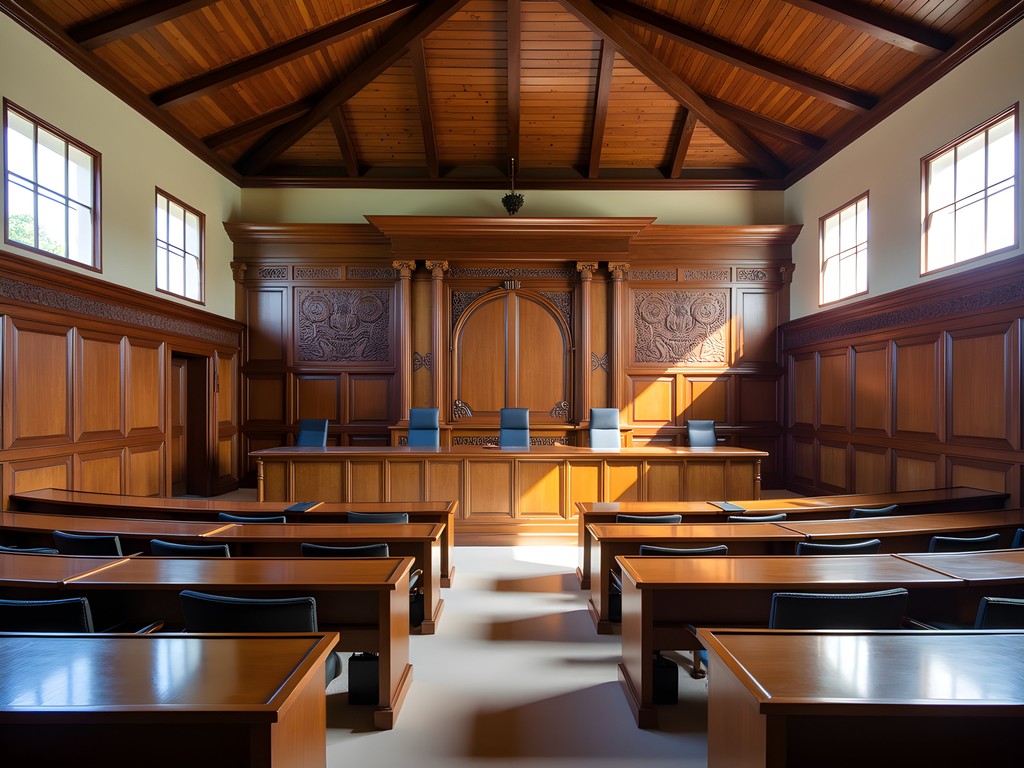
💡 Pro Tips
- Request permission to see the legislative chamber when parliament is not in session
- Look for the traditional Palauan symbols incorporated into modern architectural elements
- Visit during weekdays when you might meet government workers willing to share insider perspectives
A Capital in Nature's Embrace
Perhaps the most striking aspect of Ngerulmud is not what was built, but what wasn't. Unlike most capital cities that sprawl outward with development, Ngerulmud remains intentionally compact, nestled within Babeldaob's lush landscape. The short drive from Koror (about 30 minutes) takes you through verdant countryside that gradually gives way to the capital's manicured grounds.
This integration with nature isn't accidental—it reflects both practical limitations and cultural values. With a population under 300 (yes, you read that correctly), Ngerulmud functions primarily as an administrative center rather than a residential hub. Most government employees commute from nearby communities, allowing the capital to maintain its park-like serenity.
During my exploration, I followed a trail behind the Capitol Complex that led to a small elevation offering panoramic views. The perspective was revelatory—government buildings emerging from forest canopy, with the Pacific Ocean visible in the distance. This visual harmony between built environment and natural landscape speaks to Palauan cultural values that prioritize environmental stewardship.
For visitors wanting to fully appreciate this unique setting, I suggest packing a lightweight day backpack with water, snacks, and rain protection. Palau's weather can change quickly, and you'll want to explore the surrounding trails without rushing back.
"La natura è la vera architettura qui," I found myself thinking—nature is the true architecture here. The buildings, impressive as they are, ultimately serve as human interventions in a landscape that remains the dominant feature. This relationship between built and natural environments makes Ngerulmud unique among world capitals.
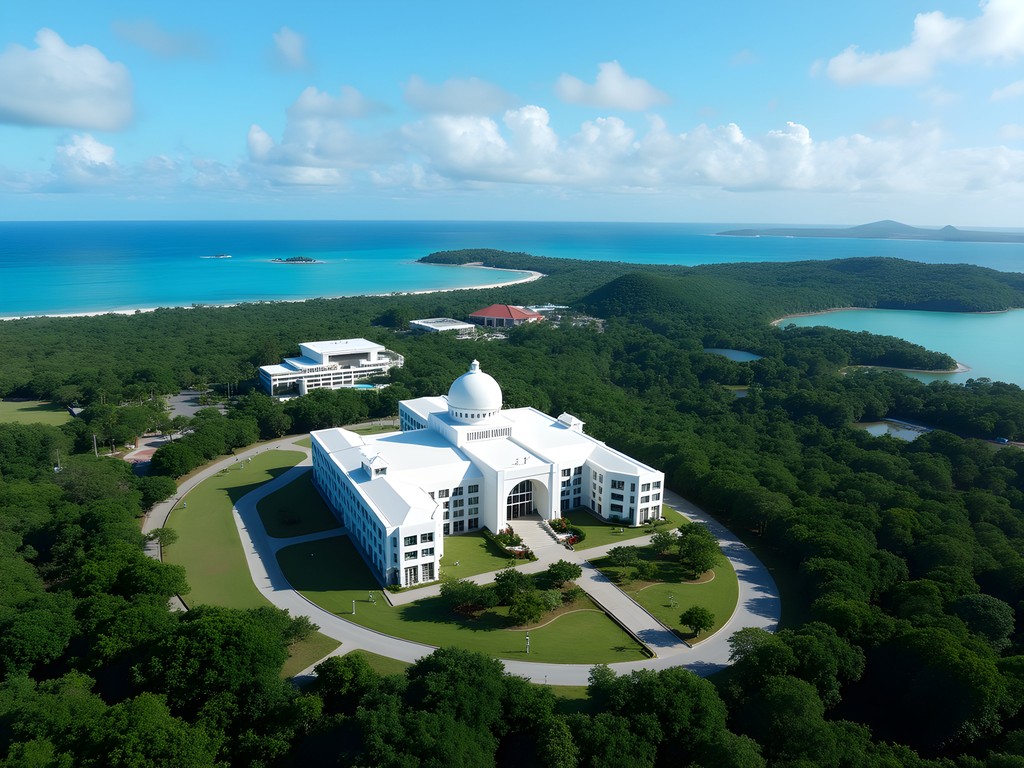
💡 Pro Tips
- Follow the trail behind the Capitol for the best panoramic views of the complex
- Bring mosquito repellent as the lush surroundings can harbor insects, especially after rain
- Consider hiring a local guide who can explain the environmental planning behind the capital's development
Cultural Symbolism in Modern Design
Beyond its governmental functions, Ngerulmud serves as a canvas for Palauan cultural expression through architectural symbolism. My daughter, whose cricket obsession has surprisingly led to an interest in stadium architecture, would appreciate how design choices here communicate cultural values without explicit explanation.
The most evident symbolic element is the central rotunda of the Capitol, topped with a distinctive blue dome. While superficially resembling American governmental architecture, the dome's particular shade of blue was chosen to reflect Palau's connection to the ocean—a subtle but meaningful departure from Western models.
Inside the executive building, I was drawn to a magnificent conference table crafted from local hardwood. The guide explained it was designed to reference the shape of a traditional Palauan kabekl (canoe), symbolizing the nation's journey through political waters. These thoughtful integrations of cultural references transform what could have been derivative architecture into something authentically Palauan.
For visitors interested in architectural photography, I recommend bringing a travel tripod for capturing the interiors, which can be challenging in the variable lighting conditions. The marble floors create interesting reflections that a stable setup helps capture beautifully.
What fascinated me most was learning about the deliberate orientation of the buildings. The complex aligns with significant geographical features visible from Babeldaob, creating sight lines to culturally important islands. This practice echoes ancient Palauan wayfinding traditions, embedding indigenous spatial understanding within modern governmental architecture.
"Le radici del futuro," as we say in Italian—the roots of the future. Ngerulmud exemplifies this concept, using contemporary architectural language to express enduring cultural values.
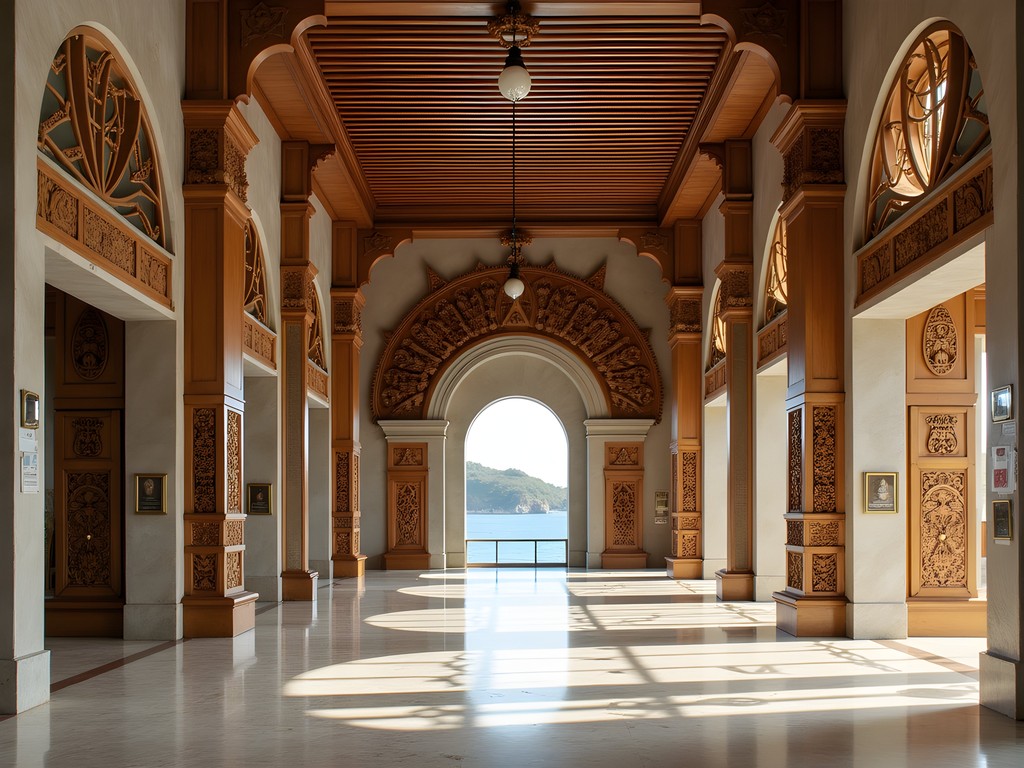
💡 Pro Tips
- Ask about the significance of the blue dome—guides often share fascinating details about its symbolic meaning
- Look for the traditional Palauan symbols incorporated into modern fixtures and furniture
- Visit the executive building if possible—it contains some of the most interesting cultural references
The Empty Capital: Experiencing Ngerulmud's Unique Atmosphere
Perhaps the most surreal aspect of visiting Ngerulmud is its emptiness. With a permanent population smaller than many apartment buildings, the capital exudes a tranquility that borders on the ethereal. During my weekend exploration, I encountered more maintenance staff than government officials or residents.
This quietude creates a visitor experience unlike any other capital city. Walking the immaculately maintained pathways between buildings, I was struck by the absence of urban sounds—no traffic rumble, no commercial bustle. Instead, birdsong and the rustle of leaves provide the soundtrack to governmental architecture.
"It's like visiting a museum of governance," I noted in my journal, "where the exhibits are buildings rather than artifacts."
The sparsely populated environment allows for unhurried contemplation of architectural details that might be overlooked in busier settings. I spent nearly an hour observing how shadows moved across the Capitol's façade, creating evolving patterns throughout the day—a luxury impossible in crowded capitals.
For those seeking to document this unique atmosphere, I recommend bringing a portable audio recorder to capture the unusual soundscape of a capital city where natural sounds predominate over human activity.
This emptiness isn't merely an aesthetic curiosity—it reveals fundamental questions about national identity and governmental function. Ngerulmud represents a fascinating case study in what happens when administrative necessity meets symbolic nation-building in a country with limited resources and population.
The result is a capital that functions more as national symbol than urban center—a physical manifestation of governmental structure rather than a living city. For the urban explorer accustomed to densely populated capitals, this inversion of expectations makes Ngerulmud a uniquely contemplative destination.
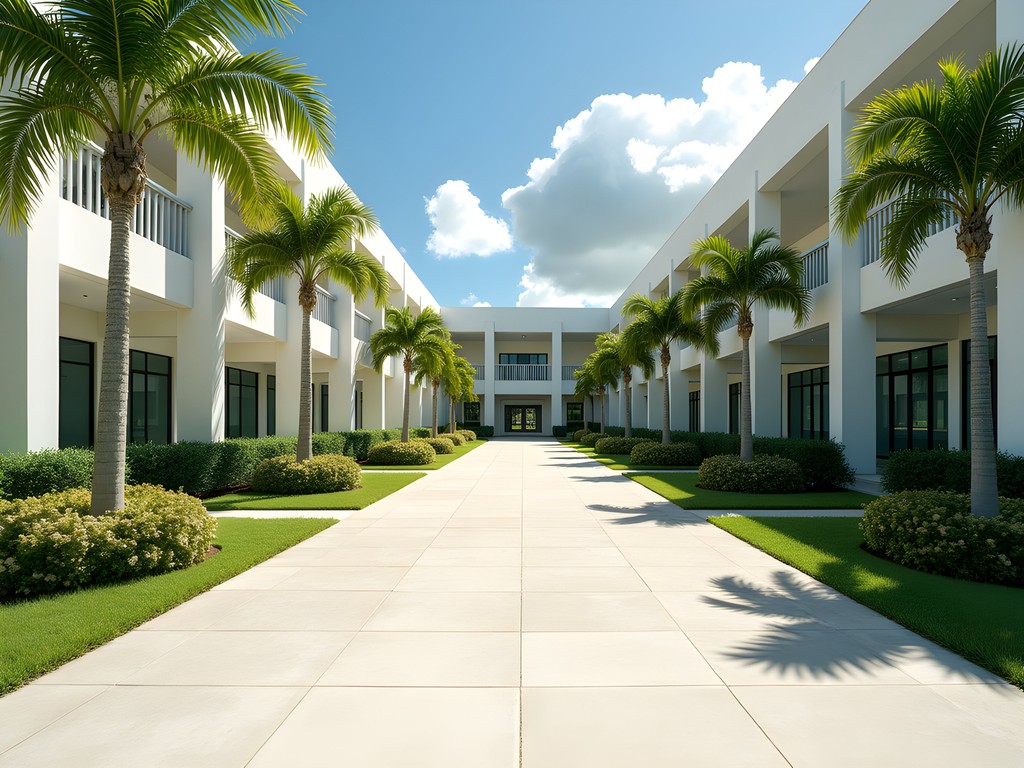
💡 Pro Tips
- Visit during legislative sessions (check schedule in advance) to see the capital at its most active
- Bring a journal to record your impressions—the unusual atmosphere invites reflection
- Allow yourself to slow down and experience the capital's unique rhythm—rushing through would miss the point entirely
Final Thoughts
As I departed Ngerulmud, driving back toward Koror with the Capitol dome receding in my rearview mirror, I reflected on how this unique capital embodies the complexities of modern nation-building. Neither purely derivative nor traditionally Palauan, Ngerulmud exists in that fascinating liminal space where global architectural language meets local cultural expression. For the architectural enthusiast willing to venture beyond conventional destinations, Ngerulmud offers rare insights into how a young nation physically manifests its aspirations and identity. Nella sua tranquillità, parla volumi—in its tranquility, it speaks volumes. I invite you to experience this architectural anomaly yourself, to walk its empty pathways and contemplate what it means to build a capital not just for today's functions but as a statement to future generations.
✨ Key Takeaways
- Ngerulmud represents a unique architectural experiment blending Western governmental design with Palauan cultural elements
- The capital's integration with its natural surroundings creates a striking contrast to typical urban centers
- Visiting during weekdays offers better chances to see government buildings open and possibly meet staff
- The emptiness of the capital provides a rare opportunity for unhurried architectural appreciation
📋 Practical Information
Best Time to Visit
Year-round, though dry season (November-April) offers more reliable weather
Budget Estimate
$80-150/day including transportation, accommodation in nearby Koror, and meals
Recommended Duration
1-2 days
Difficulty Level
Easy

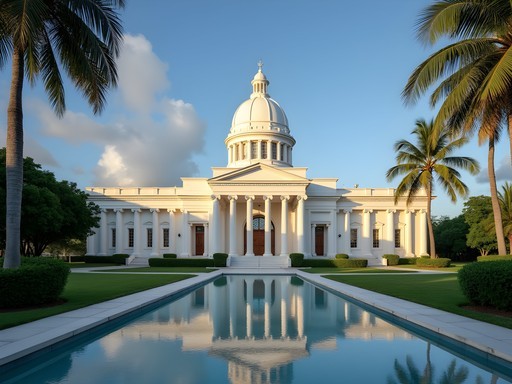
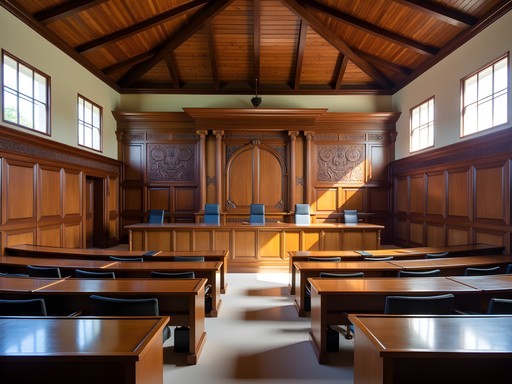
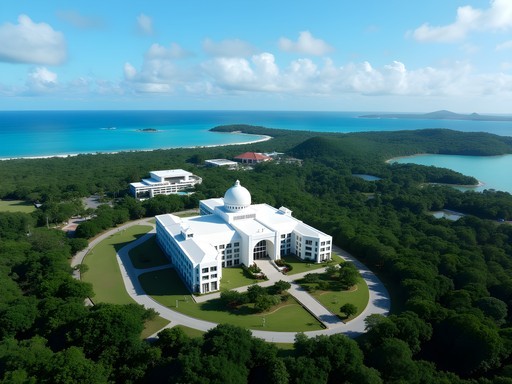
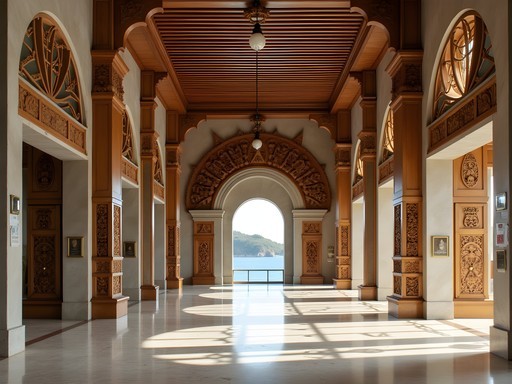
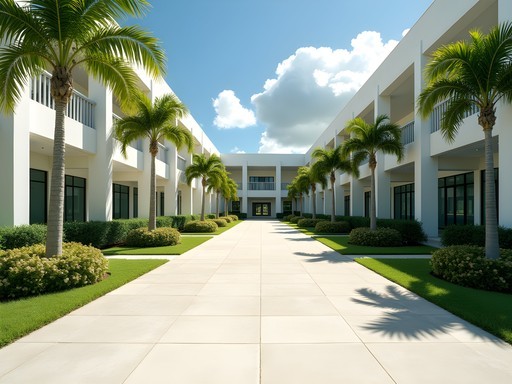










Comments
Taylor Moreau
Excellent piece on one of the Pacific's most overlooked architectural marvels. I was in Ngerulmud last month for a business conference and was equally impressed by how they've managed to create this distinctly American-inspired government complex while still honoring local traditions. The Capitol building is particularly fascinating - I learned that it cost around $69 million to build, which is quite substantial for a nation of Palau's size. I'd recommend visitors bring a good camera with a wide-angle lens to capture the impressive scale of the buildings against the tropical backdrop. I used my travel tripod for some stunning sunset shots of the Capitol dome. Brooklyn, did you get a chance to visit during any official ceremonies?
Brooklyn Washington
Thanks for adding that context about the construction cost, Taylor! I wasn't lucky enough to catch any ceremonies, unfortunately. My visit was during a quiet weekday. That sunset must have been spectacular - the light on the dome in the late afternoon was already gorgeous when I was there.
smartace
Is it easy to get to Ngerulmud from Koror? Planning a trip to Palau next year and wondering if it's worth a day trip.
hikingguide
It's about a 30-minute drive from Koror. Definitely worth it, but check opening hours as government buildings have specific visiting times!
Brooklyn Washington
Exactly what hikingguide said! I'd recommend renting a car for the day - the drive itself is scenic, and you can combine it with other spots in Babeldaob like the ancient stone monoliths if you're interested in history.
smartace
Thanks for the tips! Will definitely include it in my itinerary now.
wanderlife
Such a cool contrast between the traditional and modern! Your photos really capture the unique vibe of this place.
hikingguide
I visited Ngerulmud last year and was completely blown away by how this modern capital sits in the middle of such lush surroundings. The contrast between the neoclassical architecture and the tropical landscape is stunning! Did you get a chance to go inside the Senate chamber? The local wood carvings incorporated into such a formal government building really showcase how they've blended traditional Palauan elements with the contemporary design. Definitely one of the most unique capitals I've visited in my travels.
Brooklyn Washington
Thanks for reading, hikingguide! Yes, I was fortunate enough to visit when the Senate wasn't in session. Those wood carvings are incredible - I wish I could have included more photos of the interior details in the post!
globemaster
Great timing on this post! I just got back from Palau and wish I'd read this before going. We skipped Ngerulmud thinking it wouldn't be interesting, but your photos make me regret that decision. The contrast between traditional island life and this modern capital seems fascinating. Guess I'll need to plan another trip!
Zoe Dixon
Brooklyn, you've captured the essence of Ngerulmud beautifully! I remember my first impression when I visited—absolute shock at seeing this mini-Washington DC rising from the jungle. What struck me most was the emptiness. The massive complex built for a tiny population creates this surreal, almost theatrical quality. I spent an afternoon just sitting on the steps watching how the changing light transformed the white buildings against the green backdrop. The security guard eventually came over, but instead of asking me to leave, he shared stories about the construction and his pride in working there. These unexpected human connections are what make places like Ngerulmud so special beyond their architectural significance. Did you get to see the inside of the Senate chamber? The wood carvings there are a beautiful nod to traditional Palauan craftsmanship.
wanderlustlover
Just got back from Palau and finally made it to Ngerulmud after reading this post! Brooklyn, you were so right about how surreal it feels to see this grand neoclassical complex rising from the jungle. What surprised me most was how quiet it was - we practically had the place to ourselves. For anyone going, bring water and sun protection as there's not much shade once you're walking around the grounds. The view from the hill behind the capitol building gives you a great perspective of the whole complex. Definitely one of the most unique capital cities I've visited!
Brooklyn Washington
So glad you enjoyed it! That quietness is part of what makes it special, right? Like you've discovered a secret place. Thanks for the tip about the viewpoint - I missed that!
coffeebackpacker
Is it worth spending a whole day in Ngerulmud or is it more of a quick stop?
Taylor Moreau
Having visited Ngerulmud three times now on business trips, I'd say it's more of a half-day excursion. The capitol complex itself can be seen in 1-2 hours. However, I recommend combining it with other attractions on Babeldaob island like the ancient stone monoliths at Badrulchau or the gorgeous beaches on the east coast. That would make for a perfect day trip from Koror.
nomadmaster
Going to Palau next month! How did you get from Koror to Ngerulmud? Is there public transportation or should I rent a car?
hikingone112
I rented a car which was super easy. The drive from Koror is only about 30 minutes and the roads are good. Not sure about public transport options though.
Brooklyn Washington
I'd definitely recommend renting a car. Public transportation is limited and taxis can get expensive. Plus, having your own wheels lets you explore Babeldaob island at your own pace. I used rental service and had a great experience - they even provided a simple map marking the route to Ngerulmud.
roambackpacker
Great post! Is there public transportation to get there or do you have to rent a car?
globemaster
I was there in April. There's no regular public bus, but you can easily arrange a taxi from Koror. It's about $30-40 round trip if the driver waits for you. Some hotels also arrange tours that include Ngerulmud along with other Babeldaob sights.
Venture X
Premium card with 2X miles, $300 travel credit, Priority Pass